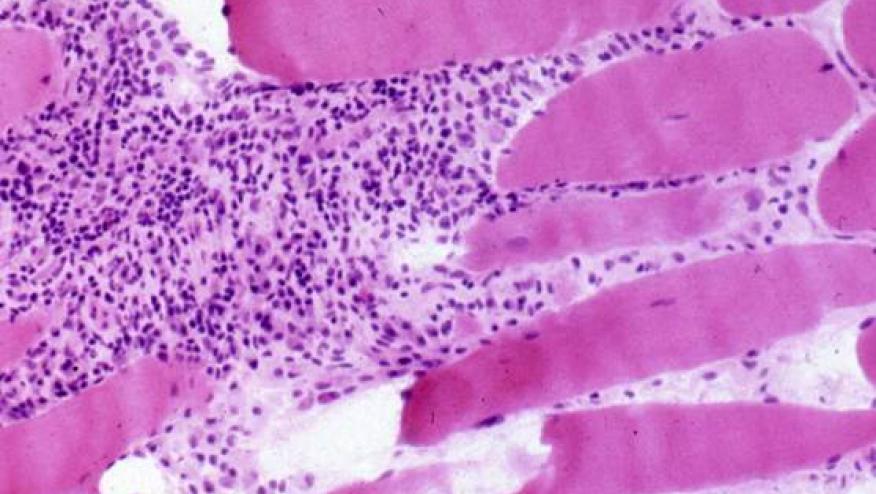Different Autoantibody Phenotypes in Juvenile and Adult Myositis Save

A Kyoto University study compared juvenile-idiopathic inflammatory myopathy (IIM) and adult-IIM patients, demonstrating different autoantibody profiles and a more favorable outcome for n juvenile-IIM patients.
This retrospective 20 year study analyzed in 320 Japanese IIM patients (juvenile-IIM, n = 34); adult-IIM, n = 286) from the Kyoto University Registry.
Autoantibodies were different between the two groups:
- Juvenile-IIM
- anti-TIF1-γ 15 %
- anti-MDA-5 15 %
- anti-ARS 9%
- anti-NXP-2 6%.
- Adult-IIM
- anti-ARS 32%
- anti-MDA-5 23%
- anti-TIF1-γ 8%
- anti-SRP 8%
- anti-Mi-2 2%
- anti-NXP-2 1%
A drug-free state was more frequently achieved with juvenile-IIM vs adult-IIM (34 % vs. 18 %, p = 0.0016).
Anti-TIF1-γ was associated with less muscle symptoms (60 % vs. 90 %), malignancy (0 % vs. 57 %), and glucocorticoid use (40 % vs. 86 %) in juvenile-IIM compared to adult-IIM.
Both juvenile-IIM and adult-IIM with anti-MDA-5 manifested a high frequency of amyopathic dermatomyositis, interstitial lung disease (ILD), and multi-immunosuppressive therapy.
Both juvenile-IIM and adult-IIM with anti-ARS showed frequent skin rashes, muscle symptoms, and ILD, frequent need for multi-immunosuppressive therapy, and low drug-free condition rates (0 % vs. 3 %).
Both juvenile-IIM and adult-IIM with anti-NXP-2 showed frequent skin rashes and muscle symptoms, low ILD frequency.
Dermatomyositis tended to be more dominant than polymyositis in both juvenile-IIM and adult-IIM and was more prevalent in juvenile-IIM than in adult-IIM (76 % vs. 59 %).









If you are a health practitioner, you may Login/Register to comment.
Due to the nature of these comment forums, only health practitioners are allowed to comment at this time.